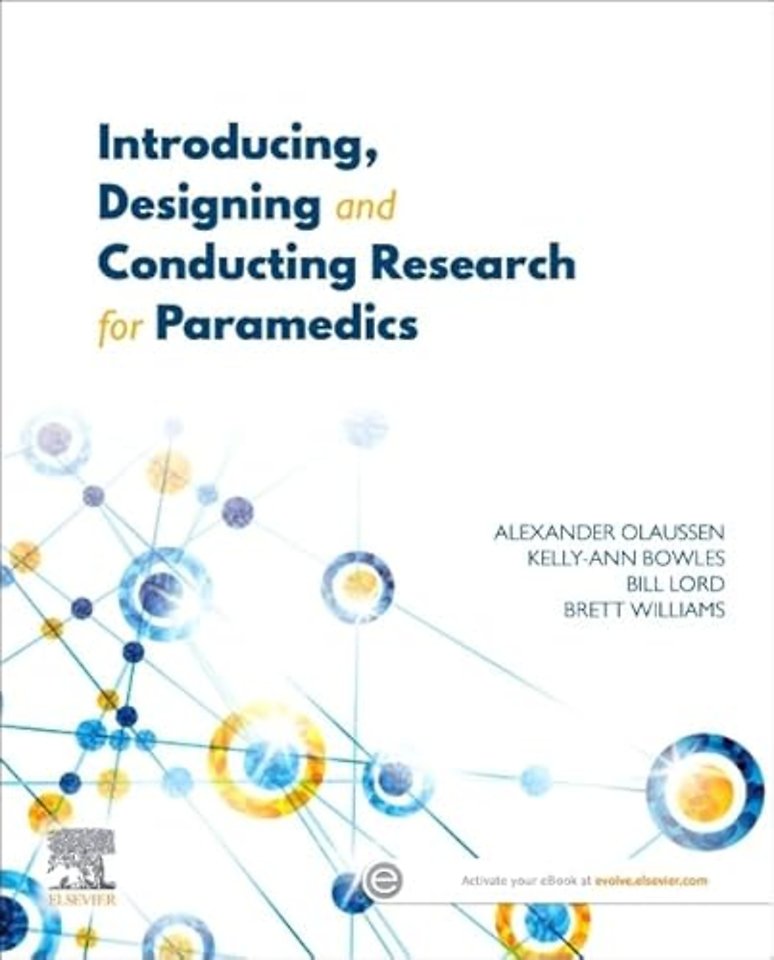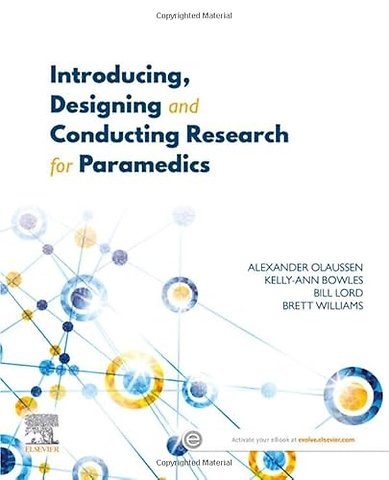Introducing, Designing and Conducting Research for Paramedics
Paperback Engels 2023 9780729544092Samenvatting
The profession of paramedicine is rapidly expanding and primary research relating to prehospital interventions is exploding worldwide. This new book provides, for the first time, a meaningful and easy to understand guide to research specifically tailored for paramedics.
Written by experts in research, medicine and paramedicine, Introducing, Designing and Conducting Research for Paramedics introduces the reader to the concepts of research through real-life examples. The structure follows a logical sequence from an overview of the research process to how to generate, consume and implement evidence.
This book will be a valuable resource for paramedics and prehospital clinicians at any level, worldwide, who wish to contribute to the rapidly emerging body of evidence on paramedicine and understand how they can make use of this in their practice. Important concepts described in terms of their relevance to paramedicine, making the text meaningful and easy to understand Written and edited by key academics and clinicians in the field of paramedic research Paramedicine examples used throughout to explain aspects of research methodology (e.g. qualitative, quantitative, mixed methods and literature reviews) Key objectives, relevant terms, reference lists, further suggested readings and useful resources support the reader to engage further with research Discussion/review questions and reflective exercises in each chapter to reinforce learning An eBook included with print purchase
Specificaties
Lezersrecensies
Inhoudsopgave
Rubrieken
- advisering
- algemeen management
- coaching en trainen
- communicatie en media
- economie
- financieel management
- inkoop en logistiek
- internet en social media
- it-management / ict
- juridisch
- leiderschap
- marketing
- mens en maatschappij
- non-profit
- ondernemen
- organisatiekunde
- personal finance
- personeelsmanagement
- persoonlijke effectiviteit
- projectmanagement
- psychologie
- reclame en verkoop
- strategisch management
- verandermanagement
- werk en loopbaan

